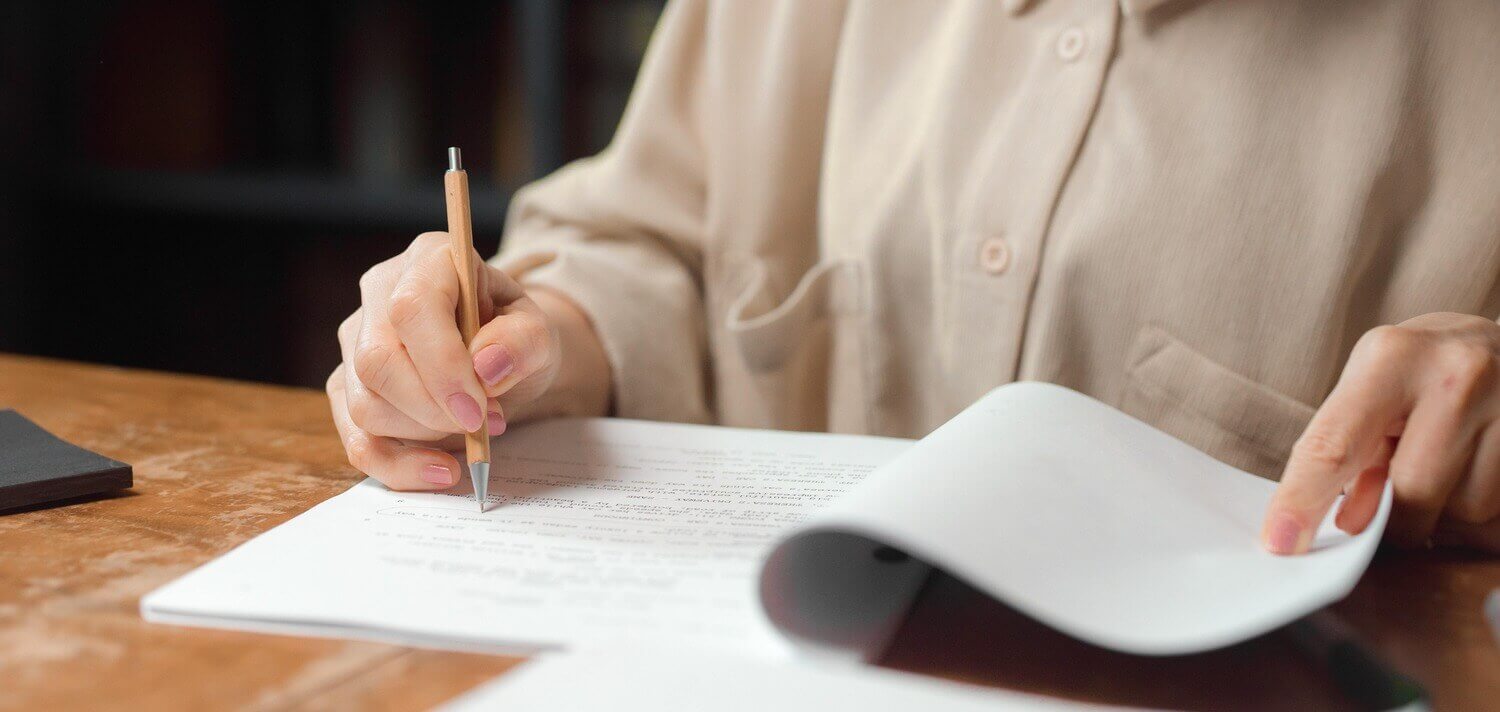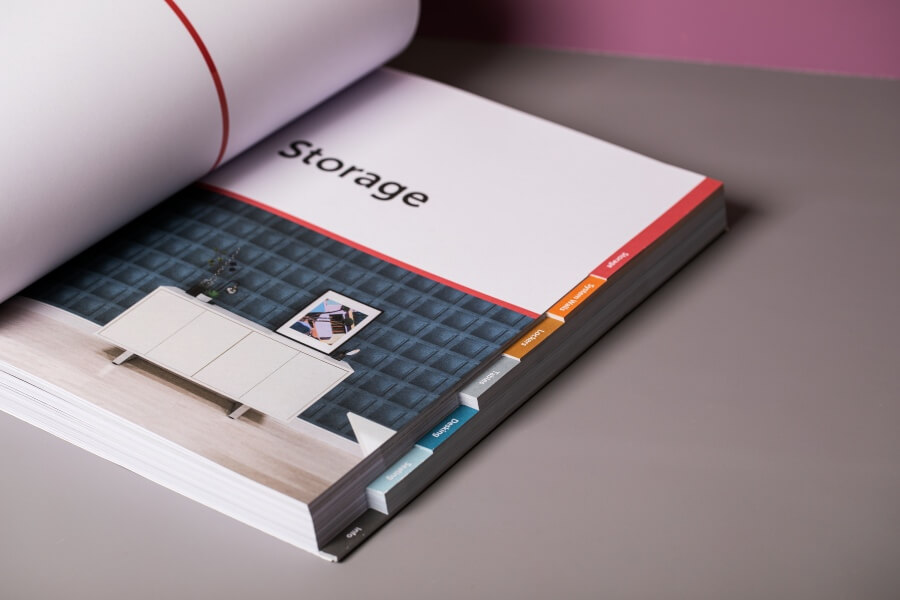The Importance of Proofing Brochures Before Going to Print

When you’ve worked hard on the design, text and layout of a brochure, you want it to go out into the world without a flaw. Brochures in particular are a tactile part of your marketing strategy, giving your audience a way to fully appreciate what you do in a way that screens just can’t replicate. It’s essential to get your brochure right!
However, as hard as you might try, it’s not always possible to pick up on every imperfection before a brochure goes to print, particularly when you’re only looking at a digital version of it.
To properly assess how your brochure looks and feels, you really need to see the finished product to make those all-important tweaks – and that’s where proofing comes in.
What does proofing mean?
Proofing goes further than proofreading – it means essentially getting a test copy, or a sample, of your product, produced in the same way that the final product will be. This allows both the customer, and design and print agencies like Action Press, to check the quality of the product as a whole.
This is particularly important before committing to the print run of a whole batch, which could, if not proofed, duplicate a mistake throughout, and cost you dearly. With many different pages involved, proofing of a brochure is particularly important, to ensure that nothing has been missed.
What are the benefits of proofing?
Double checking that a brochure is exactly how it should be before a large print run has several benefits, including:
It can save money
Designing, printing and distributing a high quality brochure is likely a big part of your advertising budget, but it will be money wasted if all the brochures you’ve had printed contain one or more errors. Proofing protects against that, allowing both major and minor changes to be made before the big print run is given the green light.
It’s mindful of the environment
A ruined print run not only costs you time and money, but it’s a waste of resources too, wasting the energy to print the brochure, as well as the paper that it’s printed on.
It allows you to check colour accuracy
The way colours display on different screens and monitors can vary – and the colours produced by home printers aren’t too reliable either. This means that you may not be getting a true idea of the finished product when you proof digitally. If your proofing process involves receiving a physical copy of your brochure, you’ll be able to make sure that the colours remain on brand.
When should you proof a brochure?
A brochure should be proofed when the design is completed and the text has been finalised. Even if the layout has been mapped out, there’s no point proofing with placeholder text like Lorem Ipsum – that’s how those annoying typos get missed!
What is soft proofing?
Soft proofing doesn’t involve a physically printed version, and instead gives you the opportunity to see the brochure in a PDF format. Soft proofing still allows you to perfect the layout, design and text via the digital file, without the time and paper involved in printing a test version of the finished brochure.
What is hard proofing?
Hard proofs are a physical sample of your product, so in addition to the layout, design and text adjustments you can identify, you’re able to assess the way the printing looks in different lights, and how the colours turn out.
What is wet proofing?
A wet proof uses the actual paper that the brochure will be printed on, and they’re taken straight off the press when the production run starts. They’ll include the crop and bleed marks, and they allow the design and print company to clarify colour accuracy – very important when you’re dealing with exact brand colours!
What should you look for when proofing a brochure?
Design
Your brochure should be a pleasure to look at, so consistency is required throughout for the ultimate professional finish. Check image size and position, the spacing of borders, paragraphs and images, and that the same fonts and font sizes have been used everywhere.
A printing proof will flag up issues with the crop and bleed too, which should be made obvious by content that doesn’t reach the edge of the page or the border, or too much white space where it shouldn’t be.
Text
No one wants a typo in their brochure to tarnish their brand, so now’s the time to double check spelling and grammar, getting it proofread by a couple of different people if necessary. Chances are your brochure should prompt some contact from those who read it, so cast your eye over vital info such as phone numbers, email addresses, physical addresses and prices to make sure that they are correct.
Composition
Now is the time to make sure that your brochure is nice to hold and easy to read through – does it fold correctly, is it the right size, and has the correct paper stock been used?
Choose Action Press for brochure printing
To maximise your chances of a smooth proofing process, you’ll want to be working with a full-service printing agency with a wealth of experience and state-of-the-art digital and litho printing equipment. This means that they can not only advise you on how best to proceed with your brochure, but they can produce it to a high standard too.
At Action Press, we’re proud to undertake brochure printing in Sussex, making your brand literature truly represent what you do. From small local companies to large organisations, we’re able to tailor our approach and the print run to your individual requirements, helping you get it spot on through proofing. Get in touch with us today about brochure printing.

